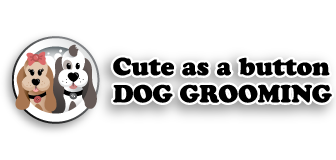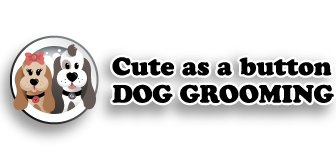Depending on the coat type of your dog, will determine what is the best tool for your dog. There are many different brands out there, but the name of the tool is generally similar and can be found at most local pet stores or even online.
Common Coat Types and recommended tools –
Smooth coats – Very short coat consisting of both guard hair and undercoat that lies close to the body (Boxer, Greyhound, Staffordshire Terrier).

Tools include – (scroll down for details of these tools)
- Slicker brush,
- De shedding brushes – Furminator, de shed rake, blade or comb,
- Undercoat rake
- Curry brush
Wire – Course guard hair with a softer, thicker undercoat (Cairn Terrier, Schnauzer, Airedale).

Tools include – (scroll down for details of these tools)
- Slicker brush,
- Comb (wide-med tooth)
- De shedding brushes – Furminator, de shed rake, blade or comb
- Matt breaker
- Pin brush
Curly coats – Curly coats are self-explanatory (Poodle, Bichon, Cavoodle, Labradoodle or Spoodle).

Tools include – (scroll down for details of these tools)
- Slicker brush
- Comb (wide-med tooth)
- Matt breaker
- Pin brush
- Conditioning spray can can also help remove any knots
Drop coats – Long, fine, silky hair that hangs down, with or without a distinct undercoat (Maltese, Afghan, Shih Tzu).

Tools include – (scroll down for details of these tools)
- Slicker brush
- Comb (wide-med tooth)
- Matt breaker
- Pin brush
- Conditioning spray can can also help remove any knots
Combination coats – Silky guard hair with a distinct undercoat that grows with a shorter saddle (Golden Retriever, Border Collie, Papillion, Spaniels).

Tools include – (scroll down for details of these tools)
- Slicker brush
- Comb (wide-med tooth)
- De shedding brushes – Furminator, de shed rake, blade or comb
- Matt breaker
- Pin brush
- Conditioning spray can can also help remove any knots
Double coats – Textured guard coat with a thicker undercoat (Akita, German Shepherd, Siberian Husky).

Tools include – (scroll down for details of these tools)
- Slicker brush
- Comb (wide-med tooth)
- De shedding brushes – Furminator, de shed rake, blade or comb,
- Under coat rake,
- Curry brush (whilst wet)
- Pin brush
Types of tools –
 Slicker brush – Separates hairs of the coat from one another with fine metal bristles. Best to use a pat and pull action, to avoid skin damage.
Slicker brush – Separates hairs of the coat from one another with fine metal bristles. Best to use a pat and pull action, to avoid skin damage.
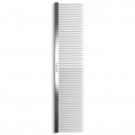
Combs – Fine, Medium and Wide – Traps and pulls out small knots.
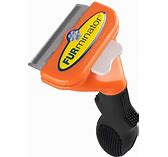
Furminator – Traps fine dead undercoat between narrow teeth and pulls it out. Does not reach far into coat.
 Undercoat rake – Single or Double rake – Traps clumps of dead undercoat between prongs. Reaches deep into coat. Must be used flat against the skin.
Undercoat rake – Single or Double rake – Traps clumps of dead undercoat between prongs. Reaches deep into coat. Must be used flat against the skin.
 Matt Breaker – Used to remove small matts not close to skin and de tangle knots. Care to be used with this tool as blades are quite sharp.
Matt Breaker – Used to remove small matts not close to skin and de tangle knots. Care to be used with this tool as blades are quite sharp.
 Curry Brush – Creates friction with dead hair and removes loose harsh top hair. Massages skin and stimulates skin rejuvenation. Great to use whilst wet to remove additional coat.
Curry Brush – Creates friction with dead hair and removes loose harsh top hair. Massages skin and stimulates skin rejuvenation. Great to use whilst wet to remove additional coat.
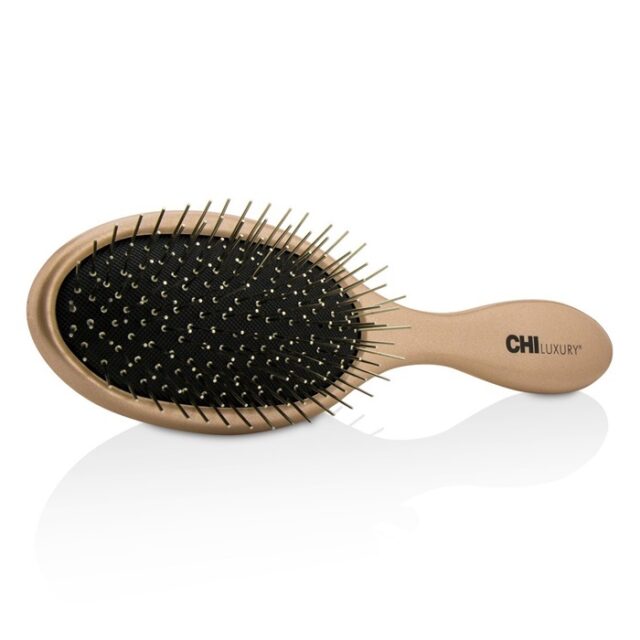 Pin Brush – Wide pins break up superficial knotting for finishing touches. Separates the hair but does not remove the hair.
Pin Brush – Wide pins break up superficial knotting for finishing touches. Separates the hair but does not remove the hair.
Please reach out to the team at Cute as button if you would like further information on the tool best suited for your dog’s coat type!
